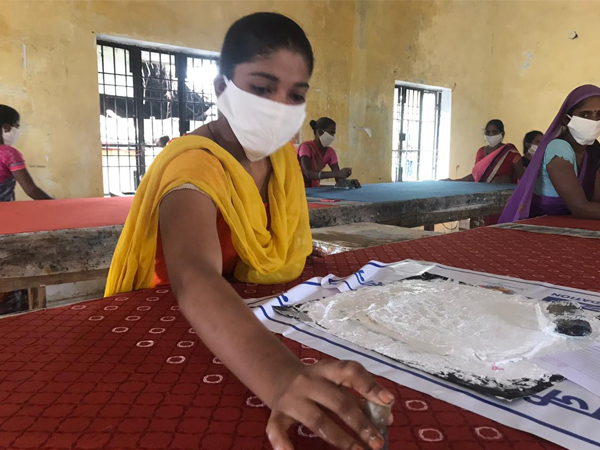HCL Samuday works to ascertain that all marginal households have an alternate source of income. This is being done by (1) strengthening existing supply chain of agri-allied income generating activities – Dairy, Poultry, Goat farming, Fishery, Vermicomposting, Cuniculture, etc.; (2) strengthening women institutions: mobilizing, strengthening and federating community institutions and then linking them with financial institutions & economic activities; (3) establishing individual and group based business enterprises at local level for sustained employment, supported by financial and market resources; and (4) skill upgradation of youth to ensure sustained wage or self-employment.
Key Interventions
- Self-Help Groups
- Value Chain Development for Livestock Producers
- Youth Skill Development
- Entrepreneurship Development Program
- Handicrafts
Self-Help Groups
Women empowerment is pivotal for development of any community. The role of Self-Help Groups (SHG) in this regard is seen as vital. SHG becomes an effective platform for collective action by women in the rural scape. It helps them come out of isolation and presents an array of opportunities in terms of savings and taking up self and collective employment. Hence, SHGs facilitate overall socio-economic development of women.
Realising the potential, women from marginalized households (HH) in Hardoi are motivated to federate in SHGs. This is followed by regular capacity building exercises, aimed at making the groups self-sustaining by linking them with different financial institutions and income generation activities. The intervention progresses as following:
- Social mobilization & SHG formation
- Capacity building by training groups on various modules viz. SHG management, leadership management, bank account management, book-keeping, and conflict management
- Economic activity linkages & Financial linkages
- Institution building & Convergence
1,050 SHGs are being supported under this intervention, empowering 11,500+ women.
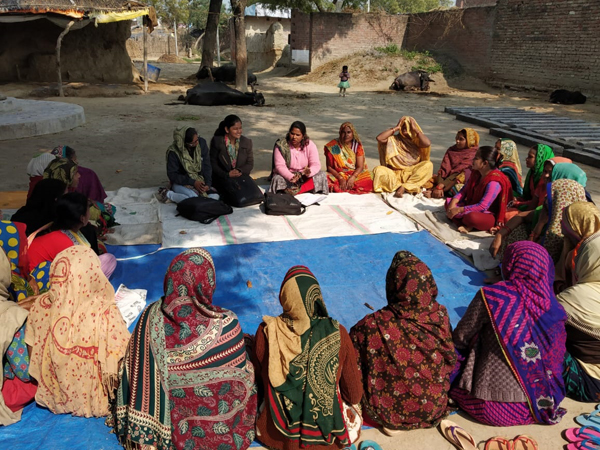
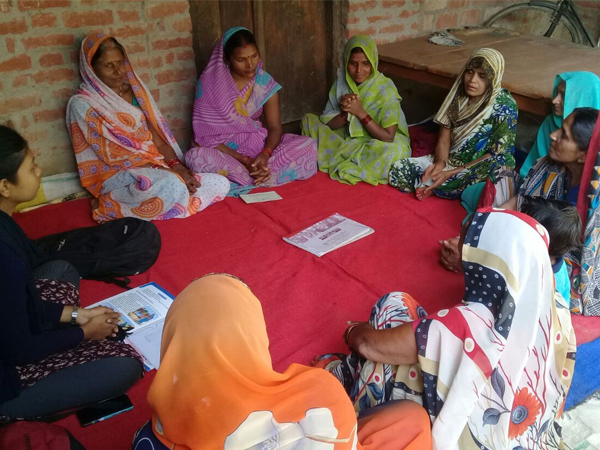
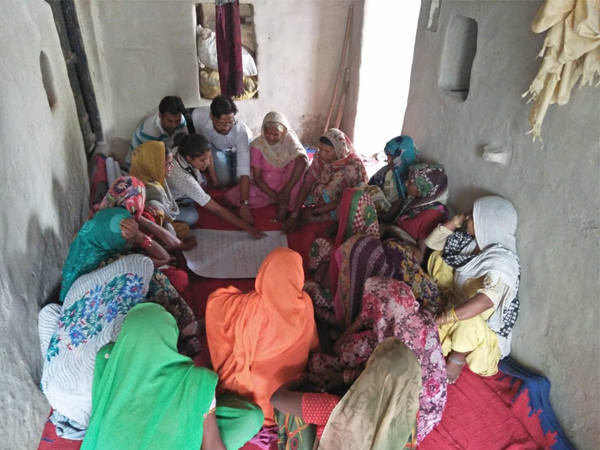
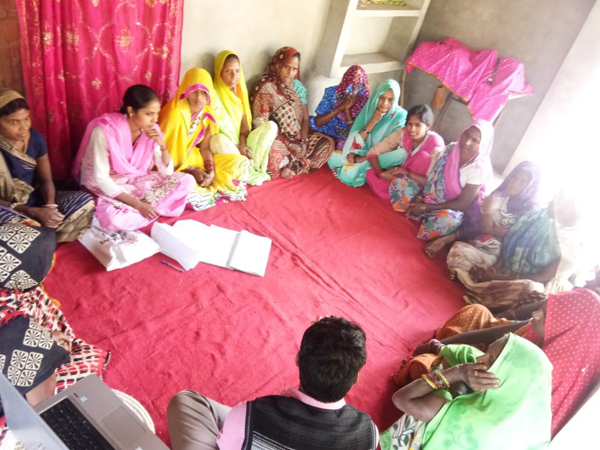

Value Chain Development for Livestock Producers
Livestock rearing is the second most significant economic activity, after agriculture, in rural India. It plays a crucial role in village economy, especially for marginal households as they are more vulnerable to risks and shocks in agriculture. Thus, following value chain development approach, HCL Samuday is strengthening forward and backward linkages of the following livestock sectors predominant in the project area.
Dairy - The Dairy project is striving to establish an integrated and sustainable milk production and milk marketing system, through farmers’ organizations, for enhancing income of small and marginal dairy producers. Supported by Banas Dairy (AMUL) – Asia’s largest milk aggregator as a partner, dairy farmers are now experiencing a reliable alternate source of livelihood. Backward linkages are being strengthened by supporting input services, animal health care services, and capacity building for Improved Animal Management Practices (IAMP). The project is promoting 126 village level Dairy Farmers’ Associations supporting 7,000+ farmers and ensuring average daily milk collection of 20,000 liters.





Poultry - Poultry initiative is promoted as an income generation activity for members of SHGs, the underlying idea being nurturing the habit of utilizing and reinvesting savings and government funds provided to SHG women for their self-reliance. This is being achieved through promotion of backyard poultry with effective poultry management practices and development of a decentralized supply chain for input distribution, production system and collective marketing. Currently, more than 2,300 households (HH) are engaged in the project.





Goat Farming - Mahatma Gandhi called Goat the “Poor Man’s Cow”. Even today, it provides a dependable source of income to 40% of rural population below poverty line in India. Goat rearing involves a low-cost technology and therefore becomes a powerful tool of poverty alleviation for weaker sections of the rural community. Improving goat rearing practices to build productive assets for women of marginalized households is the objective of Goat Farming project. As a unique component of this initiative, beneficiaries pass on the first female offspring (the Productive asset), of the goat received as support, to other marginalized HHs and the same process keeps on getting repeated. It has helped create, with one-time support, a sustainable community-based model that is benefitting 2,300+ HHs.





Youth Skill Development
The objective under Youth Skill Development intervention is to enhance the annual income of families by training and skill development of youth so that they may gainfully engage in wage employment and self-employment opportunities.
Unemployed youth in the age group of 18 to 35 years comprise the set of beneficiaries. Many of such individuals have low educational qualifications and lack in employable skills, due to which they either end up sitting idle at home or migrate to nearby cities for doing unskilled work. Through this intervention, it is made sure that trainings in skills that are in demand in local areas, are available. So far, more than 1,000 youth have received trainings in trades such as Nursing, Retail, IT/ITES, Automotive, Tailoring, Electrician, Pump and motor repairing, RAC, Solar PV installer, etc.




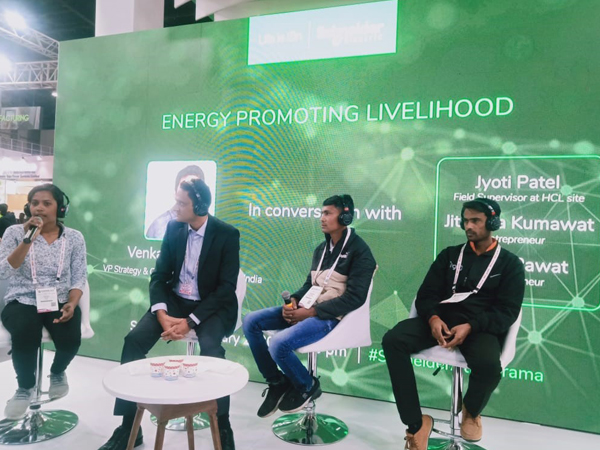
Entrepreneurship Development Program
Entrepreneurship Development Program facilitates individuals and groups to establish businesses in their own village. It helps people from deprived sections of society develop self-employment opportunities.
Individual run enterprises are mostly service-based business viz. General Merchant Shops (GMS), Cosmetic cart, Food cart, E-rickshaw, etc. Here, emphasis is on providing employment opportunities to poor, widows and specially abled people. Group-based enterprises are pilot projects in production/ manufacturing units. Here, SHG women are supported to establish income generating activities that are scalable. Currently solar energy based livelihood options are in focus for pilot projects to support such activities where technologically advancement may be introduced for addressing some existing challenge/opportunity in rural setting.
889 entrepreneurs have been supported thus far under this intervention.





Handicrafts
Crafts are inextricably linked to Indian history and culture. They showcase centuries of learning and interconnectedness between nature and people. Most importantly, by providing a path to sustainable economic and social development, they present a chance for India to revive her narrative and fulfil the aspirations of sustainable living.
Preservation and development of local crafts; promotion of art; and increase in income and local employment, especially by promoting marginal households’ women based community institutions, through capacity building, training, branding, and marketing are the primary objectives under Handicrafts intervention. This is being done by supporting more than 1,000 women across clusters of
- Carpet Weaving (Rugs Production)
- Moonj based Craft (Natural fiber)
- Chikankari (Traditional)
- Taat Embroidery (Upcycle plastic)
- Block Printing
- Shibori (Tie & dying)
- Tailoring Cum production centers

